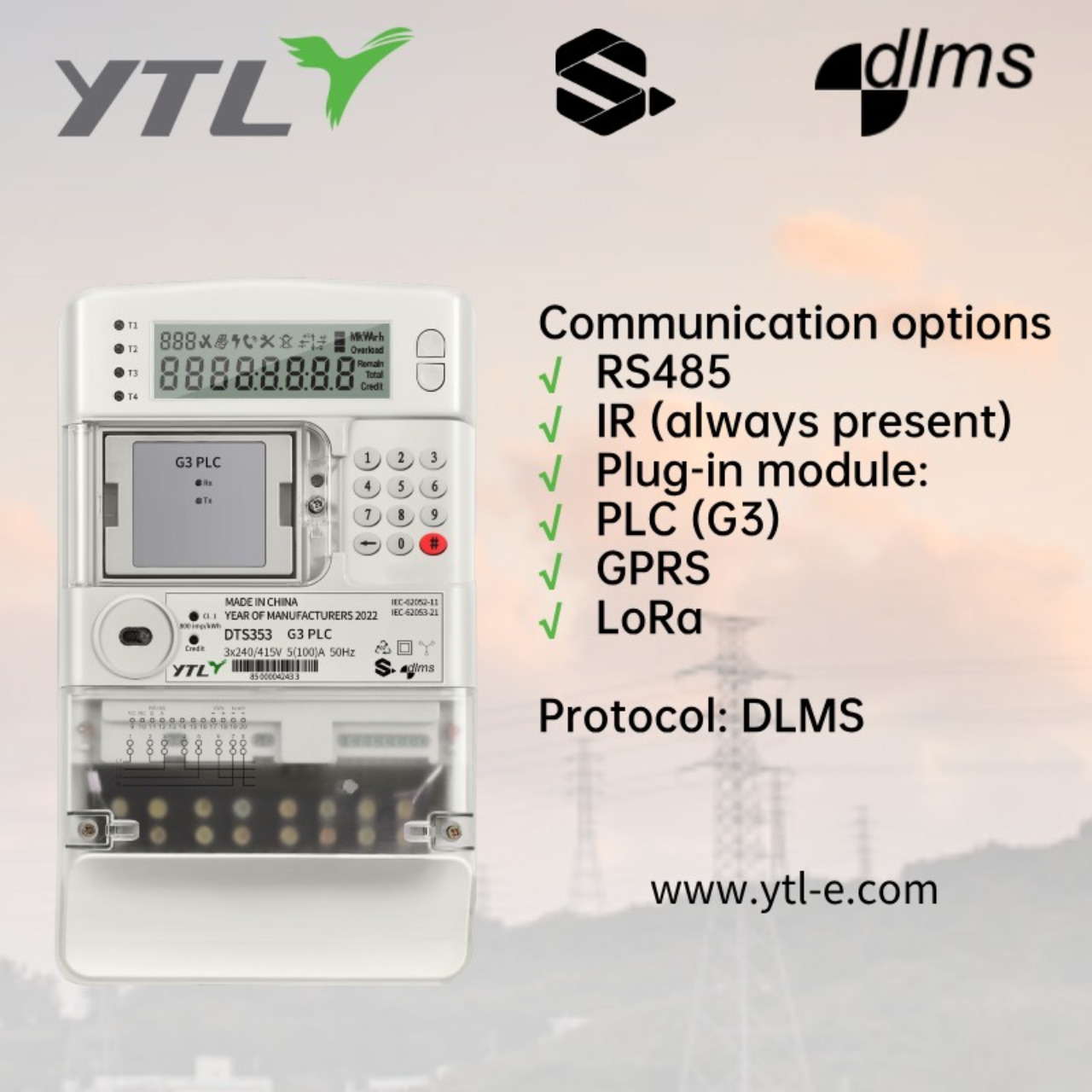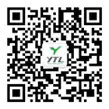1、 Breaking the 'Black Box': Modular Reconstruction of Electric Energy Meter Genes
Traditional energy meters are like closed "black boxes", with difficult to solidify and upgrade functions. Once demand changes, the equipment often needs to be replaced as a whole. Modular design deconstructs the energy meter into an open architecture of "main control board+functional modules", just like installing "data bus" and "functional slots" on the device. A certain brand of smart meter adopts a standardized M-BUS bus interface, supporting 12 types of modules such as communication (4G/5G/LoRa/WiFi), sensing (temperature and humidity/current harmonics), control (relay/power regulation), etc. Users can customize functions "like building blocks" according to their scene needs.

This transformation is reshaping the industrial ecosystem. A charging station enterprise in Shenzhen has compressed its product development cycle from 18 months to 3 months through modular energy meters: the basic meter body is responsible for core metering, while customized needs for different customers (such as logistics parks and residential communities) (such as V2G bidirectional metering and battery health monitoring) can be achieved by replacing or adding functional modules. This "hardware generalization+functional plugin" model increases device reuse by 70% and reduces research and development costs by 55%.
2、 Scene Revolution: From "One Size fits All" to "Thousand Faces"
The core value of modular design lies in adapting the electric energy meter to the ever-changing and diverse scenarios.
1. Industrial scenario: precise adaptation to high energy consuming equipment
At a certain steel plant, modular energy meters are equipped with a "harmonic analysis module" to monitor the power quality of the intermediate frequency furnace in real time, reducing the equipment failure warning time from 72 hours to 2 hours; In the semiconductor workshop, the electric energy meter equipped with a "millisecond level response module" can capture the instantaneous power fluctuations of wafer processing equipment, helping enterprises to pass the IEC 61000-4-30 standard certification, with an annual electricity cost optimization space of up to 3 million yuan.

2. Business Scenario: The Swiss Army Knife of Energy Management
A commercial complex in Shanghai achieves "one meter, multiple energy" through modular energy meters: the basic meter body measures electricity consumption, the added "sub item measurement module" can split the energy consumption of air conditioning, lighting, and elevators, and the "carbon footprint module" automatically generates ESG reports. This plan improves the energy management efficiency of the shopping mall by 40% and reduces annual carbon emissions by 1200 tons.
3. Civilian scenario: turning homes into "micro power stations"
In a smart community in Hangzhou, residents can choose their own energy meter modules: a "photovoltaic monitoring module" is used to visualize the self-sufficiency rate of household energy, a "smart socket module" is installed to remotely control electrical appliances, and a "demand response module" automatically starts energy storage devices during low electricity prices. This' DIY energy management 'model increases household annual energy savings by 25% and increases photovoltaic power consumption rate to 95%.
3、 Technological Fission: Hardcore Innovation Behind Modularization
Modular design is not simply "hardware assembly", it is a collaborative breakthrough of multiple technologies behind it:
Unified interface standards: For example, the development of the "Technical Specification for Modular Interface of Smart Meters" defines the physical dimensions, electrical parameters, and data protocols of communication, sensing, and control modules, ensuring that modules from different manufacturers can be used interchangeably.
edge computing enabling: the lightweight AI chip built in the main control board can process the module data locally, for example, the "load forecasting module" can automatically optimize the charging strategy of the charging pile by combining weather and electricity price data.
Security redundancy design: Adopting a dual protection of "physical isolation+logical encryption", even if a module is attacked, core metering data can still be transmitted to the cloud through encrypted channels, ensuring the security of energy data.

4、 Industrial Transformation: From Equipment Manufacturers to Ecological Builders
Modular design is reshaping the competitive landscape of the electric energy meter industry. Traditional manufacturers have shifted from selling hardware to selling platforms. For example, energy meter companies have launched the "Energy Meter Module Mall", which provides over a hundred authentication modules. Developers can develop customized functions based on open APIs; Third party innovative enterprises focus on segmented scenarios, such as the "agricultural irrigation module" developed by start-up companies, which helps farmers save 40% and 30% of water by monitoring soil moisture and pump energy consumption.
This ecological competition has given rise to new business models. In a smart agriculture park in Shandong, electric energy meter manufacturers, irrigation equipment suppliers, and photovoltaic companies jointly build an "Energy Agriculture Data Platform". Through modular electric energy meters, meteorological, soil, and equipment data are integrated to provide a subscription based service of "precision irrigation+energy optimization". Farmers pay based on actual water and electricity savings, sharing risks and benefits.
Future vision: The 'neural nodes' of the Energy Internet of Things
With the integration of 5G, digital twins, and AIoT technology, modular energy meters will become the "super nodes" of the energy Internet of Things:
Dynamic reconstruction: By using OTA (over the air) technology to remotely update module firmware, the functionality of the energy meter can dynamically evolve according to demand, such as upgrading from a "meter" to a "virtual power plant dispatch terminal".
Cross domain collaboration: share modular architecture with electric vehicles, energy storage systems, and smart home devices to achieve energy synergy optimization of "vehicle pile home network".
Carbon chain integration: Each module can generate tamper proof carbon data, directly connected to the blockchain platform, providing tradable carbon asset certificates for individuals, enterprises, and parks.

 English
English 简体中文
简体中文


.png?imageView2/2/w/500/h/500/format/png/q/100)




.jpg?imageView2/2/w/500/h/500/format/png/q/100)







